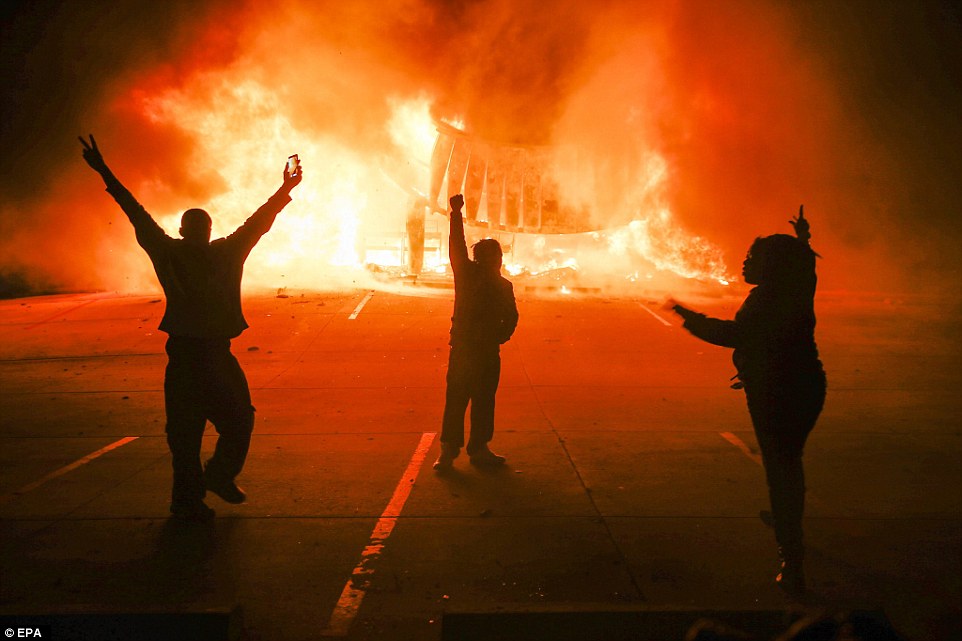Over time issues that divide the U. S. electorate change. One thing that has not changed is that the Republican Party has always been dominated by the business community. When the Republican Party was formed in 1854 the issue that most concerned American businessmen, and particularly manufacturers was the tariff.
European factories usually produced better goods than American factories, at cheaper prices, even when the cost of shipping the goods across the Atlantic Ocean was factored in. Without tariff protection many American factory owners would go out of business. Their employees would become unemployed.
On the other hand, Southern cotton and tobacco producers produced the best cotton and tobacco in the world at the cheapest prices. Most of these producers, of course, were slave owners. Southern cotton and tobacco producers did not need tariff protection. In addition, they resented paying more for manufactured goods, as they had to do with tariffs on the goods.
One of the constituencies of the Republican Party in 1854, of course, was the constituency of abolitionists. These opposed slavery for humanitarian reasons. They were not terribly concerned with economic issues.
However, abolition was in the economic interest of the Northern factory owners. If the slaves were freed without compensation, this would reduce the wealth of the Southern cotton and tobacco producers. Reducing their wealth would reduce their political ability to reduce or end tariffs.
Another factor was that if the slaves were freed, many would move north and apply for jobs in the factories. This would enable the factory owners to reduce wages.
When the North won the Civil War the abolitionists became Radical Republicans. These wanted the Negroes to be given equal rights. The Fourteenth and Fifteenth Amendments were passed to extend citizenship rights and voting rights to the freed slaves.
However, in time most Northern whites lost interest in racial equality. Before the Civil War abolition had been an unpopular issue even in the North.
After the end of Reconstruction in 1876 blacks in the South were reduced to the status of second class citizens. Few whites in the North cared. The Democrat Party became the party of Southern whites.
The tariff was still a divisive issue. Northern manufacturers still felt the need for tariff protection. Southerners still produced the best cotton and tobacco in the world, even when the cotton and tobacco was farmed by free Negroes.
During the fourth quarter of the nineteenth century the United States became more industrialized.
American businessmen still liked to get business subsidies from the government. Although factory workers sometimes tried to form unions, these were unpopular with most voters, who were still self employed.
From the presidential election of 1876 to the beginning of the Great Depression after the Stock Market Crash of 1929 it can probably be said that the Republican Party stood for mercantilism. They wanted the government to help businessmen. The Democratic Party stood for laissez faire. They wanted the government to intervene little in the economy.
When the Socialist Party of America was formed in 1901 it had aspirations of becoming becoming a major party equivalent to the British Labour Party, the Socialist parties of France and Italy, and the Social Democratic parties of Germany and Scandinavia. It never succeeded.
During the Great Depression the Democratic Party began to adopt some of the more moderate stands of the Socialist Party of America.
At this point the Democratic Party was liberal, and on the left; the Republican Party was conservative, and on the right. Nevertheless, the Democratic Party continued to dominate what was called "the Solid South." Although most Southern whites still opposed equal rights for Negroes, most approved of the mildly socialist policies of Franklin Roosevelt and his New Deal.
During the 1930's, the 1940's, and the 1950's a "liberal" almost by definition was someone who favored government intervention in the economy to reduce economic inequality.
During the 1960's the definition of liberal extended to support of racial equality. This was when Southern whites switched parties. In the North the civil rights movement, the War in Vietnam, and the Watergate Scandal pushed most educated whites into the Democratic Party. In addition, a higher percentage of blacks began to vote. The vast majority of black voters voted Democratic.
Nevertheless, the movement of educated Northern whites and blacks into the Democratic Party has not offset the movement of Southern whites into the Republican Party, so the Republican Party has dominated the United States since the 1970's.



